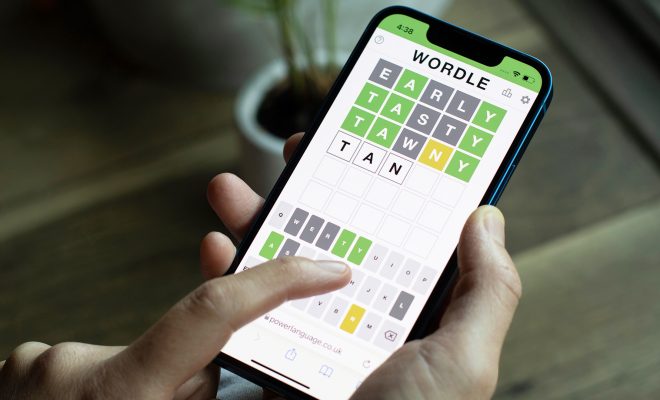QNED vs. OLED vs. QLED: What Is the Difference and Which Is Best?
In the world of modern television technology, there are three competing display technologies: QNED, OLED, and QLED. Each offers different advantages and disadvantages, and each is aimed at a slightly different market segment. In this article, we’ll explore what sets each technology apart and help you determine which is best for your needs.
What is QNED?
QNED, or Quantum Nano Emitting Diode, is a new display technology from LG that combines quantum dot technology with an LCD panel. QNED TVs use tiny quantum dots that emit different colors of light when excited by a light source, allowing for a wider color gamut and greater brightness than traditional LCD panels. Additionally, QNED TVs use a mini LED backlight system, which allows for greater local dimming and higher contrast ratios. QNED is essentially an improvement over conventional LCD technology, but it’s still early days for the technology, and it remains to be seen how well it will perform in real-world situations.
What is OLED?
OLED, or Organic Light Emitting Diode, is a display technology that uses tiny organic compounds to create light. Unlike traditional LED televisions that require a backlight system, OLED TVs have pixels that emit their own light. As a result, OLED TVs can achieve perfect blacks, infinite contrast ratios, and very wide viewing angles. Additionally, because individual pixels can be turned on and off, OLED TVs require minimal power and have very fast response times. OLED technology is the best option for those who prioritize picture quality above everything else.
What is QLED?
QLED, or Quantum Light Emitting Diode, is a display technology developed by Samsung that shares some similarities with QNED. Like QNED, QLED uses quantum dots to improve color accuracy and brightness. However, unlike QNED, which uses an LCD panel, QLED uses a thin layer of quantum dots that emit light directly. Additionally, QLED TVs use individual dimming zones to achieve high contrast ratios and have extremely fast response times. QLED technology is a great middle ground between OLED and QNED and is suitable for consumers who prioritize vibrant colors, contrast, and fast response times.
Which is Best?
Ultimately, the best display technology for your needs will depend on your priorities. If you’re a cinephile who wants the absolute best picture quality, OLED is the way to go. However, if you’re a gamer or sports fan who wants a TV with fast response times and vibrant colors, QLED may be a better option. QNED is still relatively new, and it remains to be seen how well it performs against the established giants. Regardless of which technology you choose, it’s important to keep in mind that all three offer excellent picture quality and are worthy investments.






